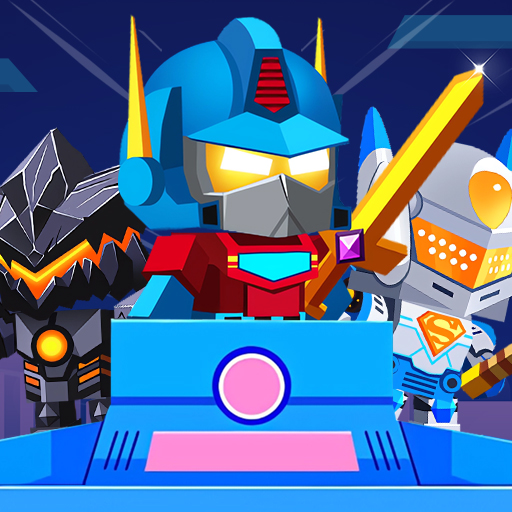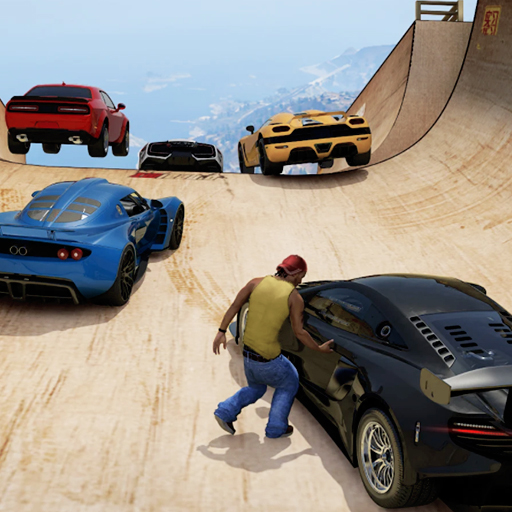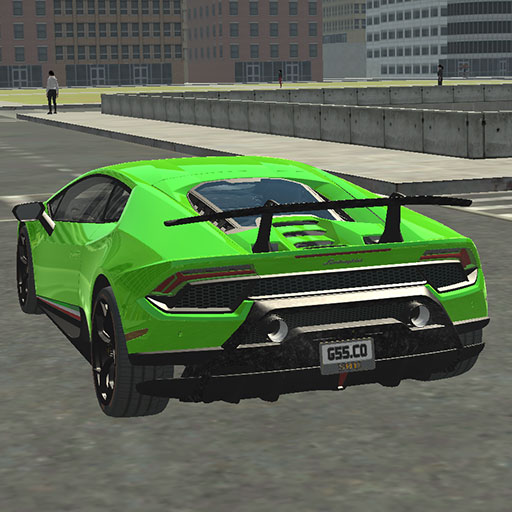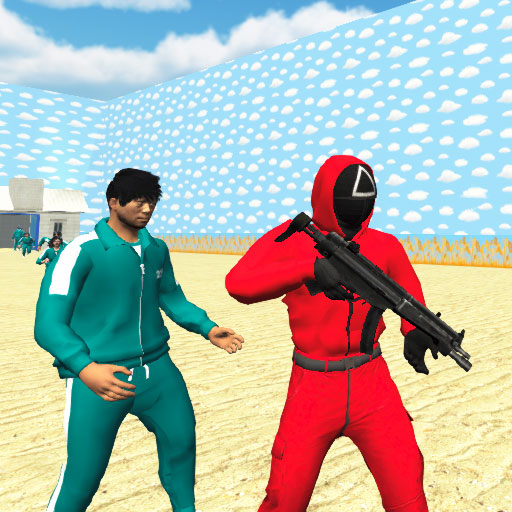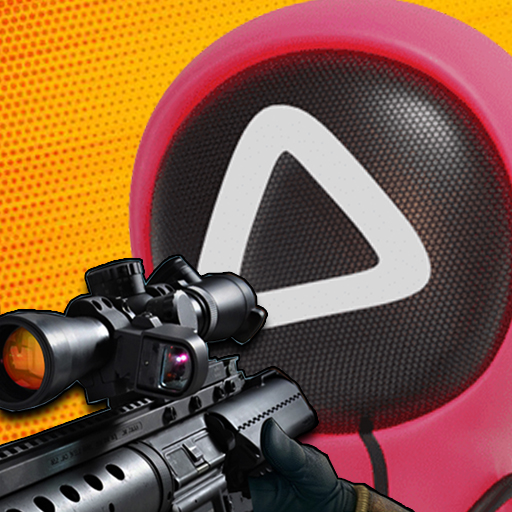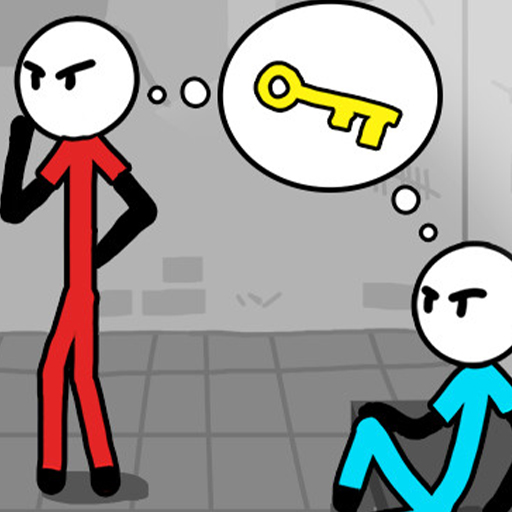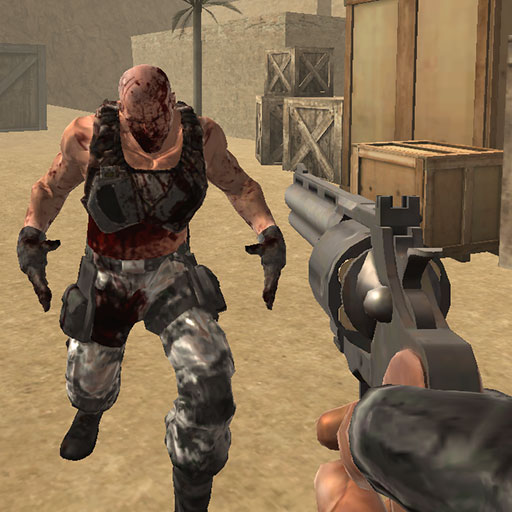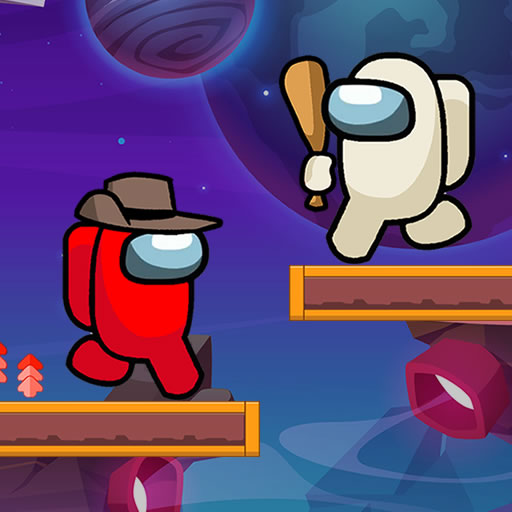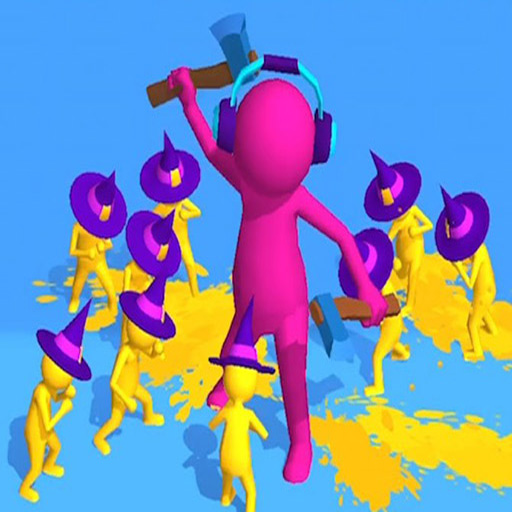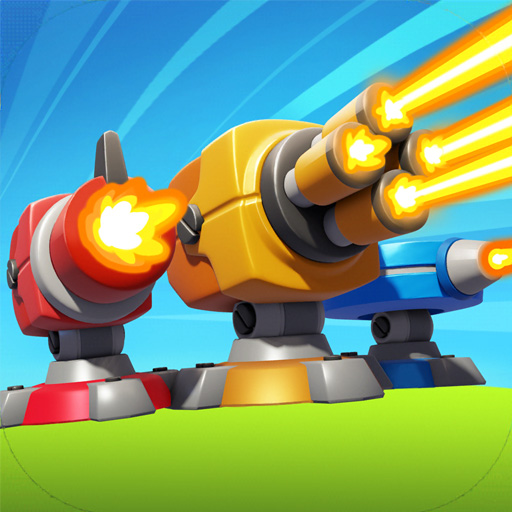
VALORANT Mobile
All trademarks belong to their respective owners.
Popular Now
When Riot Games launched Valorant on June 2, 2020, the gaming world watched closely. Known for their work on League of Legends, Riot's shift into the first-person shooter genre was bold—and brilliant. Valorant blended competitive precision with unique character abilities, quickly earning comparisons to both Counter-Strike: Global Offensive and Overwatch.
Fast-forward to 2025, and Valorant has firmly secured its spot among the top tactical shooters. In this in-depth look, we explore how the game has evolved—from core gameplay and characters to community culture and the thriving esports scene.
1. Riot’s FPS Gamble: From Project A to Global Launch
Before its release, Valorant was developed under the codename Project A. Riot promised a shooter focused on fairness, fast servers, and smart anti-cheat measures.
Early Buzz & Launch Strategy:
The closed beta exploded on Twitch, peaking at 1.7 million concurrent viewers.
Riot implemented 128-tick servers and its own Vanguard anti-cheat at launch.
The game debuted with 5 maps and 11 agents, offering a solid, competitive core.
Reception:
Critics praised the blend of sharp gunplay and tactical depth.
Despite skepticism about competing with CS:GO, Valorant carved its own niche.
2. Gameplay Overview: Strategy Meets Precision
At its heart, Valorant is a 5v5, round-based tactical shooter. One team plants a bomb (the "spike"), while the other defends or defuses it. Each match can last up to 25 rounds, with sides switching halfway through.
🔫 Gunplay
Low time-to-kill, meaning every shot matters
Precision and crosshair placement are essential
Weapons range from rifles and SMGs to snipers and pistols
🔮 Abilities
Each agent comes equipped with:
1 free core ability
2 buyable abilities
1 ultimate, earned through kills or objectives
Abilities include:
Vision blockers (smokes)
Movement boosts
Recon tools
Flash utilities
This creates a dynamic balance of gun skill and strategic use of abilities.
3. Agent Roles and Team Composition
As of 2025, Valorant features over 25 agents, categorized into four key roles:
Role
Description
Notable Agents
Duelists
Frag-heavy, self-sufficient entries
Jett, Reyna, Phoenix
Initiators
Disrupt and gather intel
Sova, Skye, Breach
Controllers
Map control with smokes and walls
Viper, Omen, Brimstone
Sentinels
Lockdown and defense specialists
Sage, Killjoy, Cypher
Each new agent shakes up the competitive meta, ensuring strategies never feel stale.
4. Maps That Define Strategy
Valorant's maps are built for deep tactical gameplay, encouraging tight coordination and creative use of utility.
Current Map Pool (2025):
Haven: Only map with 3 bomb sites
Ascent: Mid-control is critical
Split: Vertical movement reigns
Bind: Features teleporters
Breeze, Lotus, Pearl, Sunset, and others
Map rotation keeps the ranked experience fresh, while agent selection often depends on the map in play.
5. Ranked System & Competitive Structure
The ranked ladder spans from Iron to the elite Radiant, with tiers such as Ascendant and Immortal introduced for better skill filtering.
How Ranking Works:
MMR-based matchmaking
Promotions depend on wins + round performance
Rank resets occur each episode (approx. every 2 months)
Premier Mode
Riot added Premier Mode, letting players:
Form teams
Join weekly tournaments
Qualify for pro-level events
It’s a smooth bridge between ranked play and esports competition.
6. Visual Style & Performance Optimization
Unlike photorealistic shooters, Valorant opts for a clean, stylized aesthetic focused on clarity in competitive play.
Visual Design:
Bold, readable character models
Distinct ability effects (e.g., smoke vs. molly)
Streamlined UI for faster decisions
Performance:
Runs on modest hardware (4GB RAM, integrated GPU)
Optimized for 100+ FPS even on mid-range PCs
Designed for low-latency, high-responsiveness
You don’t need a high-end rig to compete.
7. Vanguard Anti-Cheat: Balancing Trust and Security
To maintain fair gameplay, Riot introduced Vanguard, a kernel-level anti-cheat system.
Vanguard Highlights:
Activates at system boot
Blocks known cheating software and tools
Continuously updated with new detection methods
While initially controversial, Riot’s transparency and consistent bans have made Vanguard one of the most trusted anti-cheat systems in competitive gaming.
8. Esports: VCT and a Global Competitive Legacy
The Valorant Champions Tour (VCT) has become one of the fastest-growing esports circuits globally.
VCT Ecosystem:
Challengers: Local competition
Ascension: Gateway to the pros
International Leagues: Americas, EMEA, Pacific
Champions: Global finals
Top Teams (2025):
Sentinels
Fnatic
Paper Rex
DRX
LOUD
Team Liquid
VCT events regularly draw millions of viewers, rivaling even established esports like League of Legends and Dota 2.
9. Creator Culture and Community Engagement
Valorant thrives thanks to an active global community of players and creators.
Popular Content Types:
Agent breakdowns and lore
Weapon skin reviews
Clutch highlight reels
Memes and voiceover parodies
Community Vibes:
Strong representation from female and LGBTQ+ gamers
Riot highlights fan creations on social media
Frequent dev communication via Reddit and Dev Diaries
Casual Modes:
Spike Rush (short matches)
Escalation
Deathmatch
Custom Rooms for training or fun
Recent updates even added Sandbox mode for coaching, aim drills, and 1v1s.
